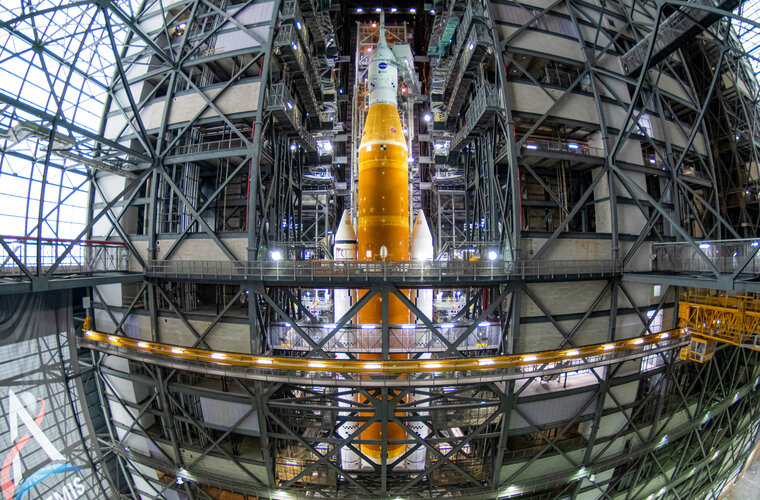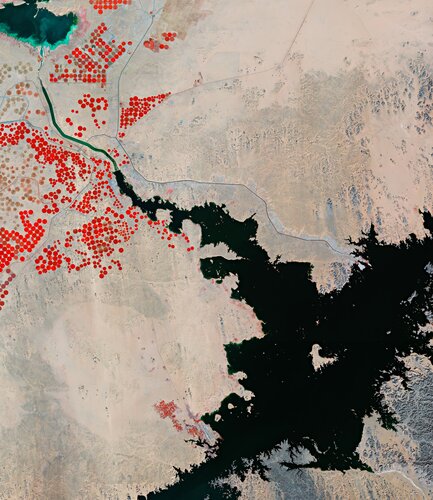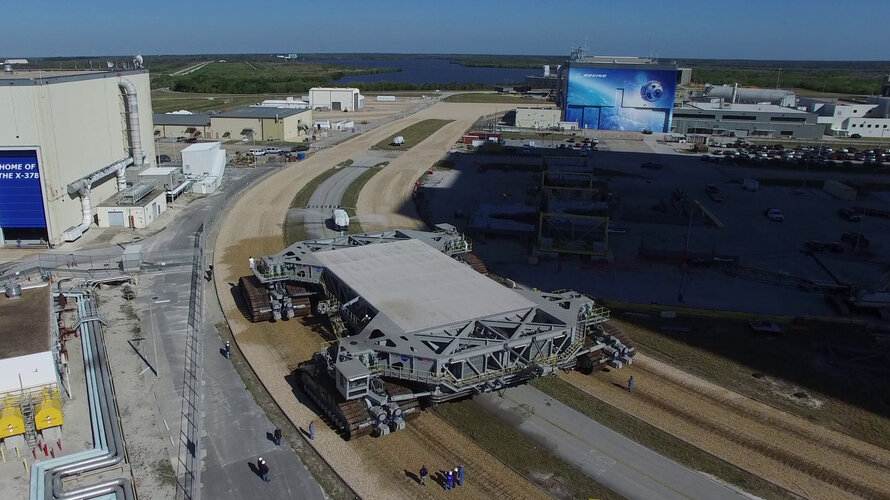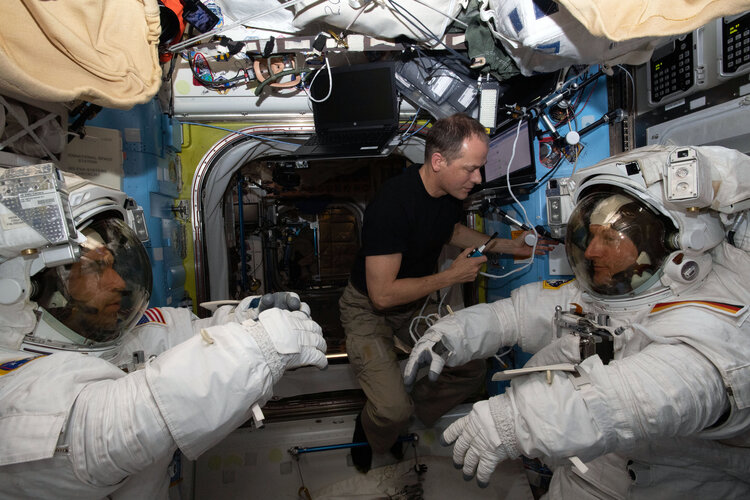
Copernical Team
A solar power station in space? How it would work, and the benefits it could bring

The UK government is reportedly considering a £16 billion proposal to build a solar power station in space.
Yes, you read that right. Space-based solar power is one of the technologies to feature in the government's Net Zero Innovation Portfolio. It has been identified as a potential solution, alongside others, to enable the UK to achieve net zero by 2050.
But how would a solar power station in space work? What are the advantages and drawbacks to this technology?
Space-based solar power involves collecting solar energy in space and transferring it to Earth. While the idea itself is not new, recent technological advances have made this prospect more achievable.
The space-based solar power system involves a solar power satellite—an enormous spacecraft equipped with solar panels. These panels generate electricity, which is then wirelessly transmitted to Earth through high-frequency radio waves. A ground antenna, called a rectenna, is used to convert the radio waves into electricity, which is then delivered to the power grid.
Artemis: Crawling toward launch
Use this form if you have come across a typo, inaccuracy or would like to send an edit request for the content on this page. For general inquiries, please use our contact form. For general feedback, use the public comments section below (please adhere to guidelines).
Please select the most appropriate category to facilitate processing of your request
Week in images: 14 - 18 March 2022

Week in images: 14 - 18 March 2022
Discover our week through the lens
Cupola Moon
 Image:
Image:
New picture, but a familiar face.
ESA astronaut Matthias Maurer took this image of Earth’s natural satellite, the subject of exciting news this week, from the seven-windowed cupola of the International Space Station.
Down on Earth, the rocket that will launch NASA’s Orion spacecraft with the European Service Module to the Moon has been moved to the launchpad in Florida, USA, for its first full test before the Artemis I launch later this year.
The Space Launch Systems rocket (SLS), aka the Moon rocket, left the Vehicle Assembly Building at NASA’s Kennedy Space Center at around 23:00 CET (22:00 GMT) on 17
NASA rolls out its mega Moon rocket
 NASA's massive new rocket began its first journey to a launchpad on Thursday ahead of a battery of tests that will clear it to blast off to the Moon this summer.
It left the Kennedy Space Center's Vehicle Assembly Building around 5:47 pm Eastern Time (2147 GMT) and began an 11-hour journey on a crawler-transporter to the hallowed Launch Complex 39B, four miles (6.5 kilometers) away.
Aro
NASA's massive new rocket began its first journey to a launchpad on Thursday ahead of a battery of tests that will clear it to blast off to the Moon this summer.
It left the Kennedy Space Center's Vehicle Assembly Building around 5:47 pm Eastern Time (2147 GMT) and began an 11-hour journey on a crawler-transporter to the hallowed Launch Complex 39B, four miles (6.5 kilometers) away.
Aro Earth from Space: Lake Nasser, Egypt

Part of Lake Nasser, one of the largest artificial lakes in the world, is featured in this false-colour image captured by the Copernicus Sentinel-2 mission.
Artemis: crawling towards launch
 Video:
00:08:04
Video:
00:08:04
One of the many milestones in the leadup to the launch of Artemis is its rollout: this is when a crawler will carry the SLS rocket with Orion and ESM from the Vehicle Assembly Building to launchpad 39B. NASA’s John Giles gives us a tour of the crawler and explains the adaptations made to this “wonderful piece of machinery” since it was first built for the Apollo programme in the 1960s. ESA is playing a key role in NASA’s Artemis programme, which will bring astronauts back to the Moon. The European Service Module – or ESM –
First spacewalk for Matthias Maurer

ESA astronaut Matthias Maurer is scheduled to perform his first spacewalk next week, stepping outside the International Space Station on Wednesday 23 March alongside NASA’s Raja Chari.
Pete Davidson skipping ride to space on Jeff Bezos rocket

Remote sensing satellite lifted successfully into orbit
 China launched a remote sensing satellite from the Jiuquan Satellite Launch Center in the northwestern Gobi Desert on Thursday afternoon, according to the China Aerospace Science and Technology Corp.
The State-owned space contractor said that the Yaogan 34-02 satellite was placed in a preset orbit aboard a Long March 4C rocket that lifted off at 3:09 pm.
The satellite will team up wi
China launched a remote sensing satellite from the Jiuquan Satellite Launch Center in the northwestern Gobi Desert on Thursday afternoon, according to the China Aerospace Science and Technology Corp.
The State-owned space contractor said that the Yaogan 34-02 satellite was placed in a preset orbit aboard a Long March 4C rocket that lifted off at 3:09 pm.
The satellite will team up wi 